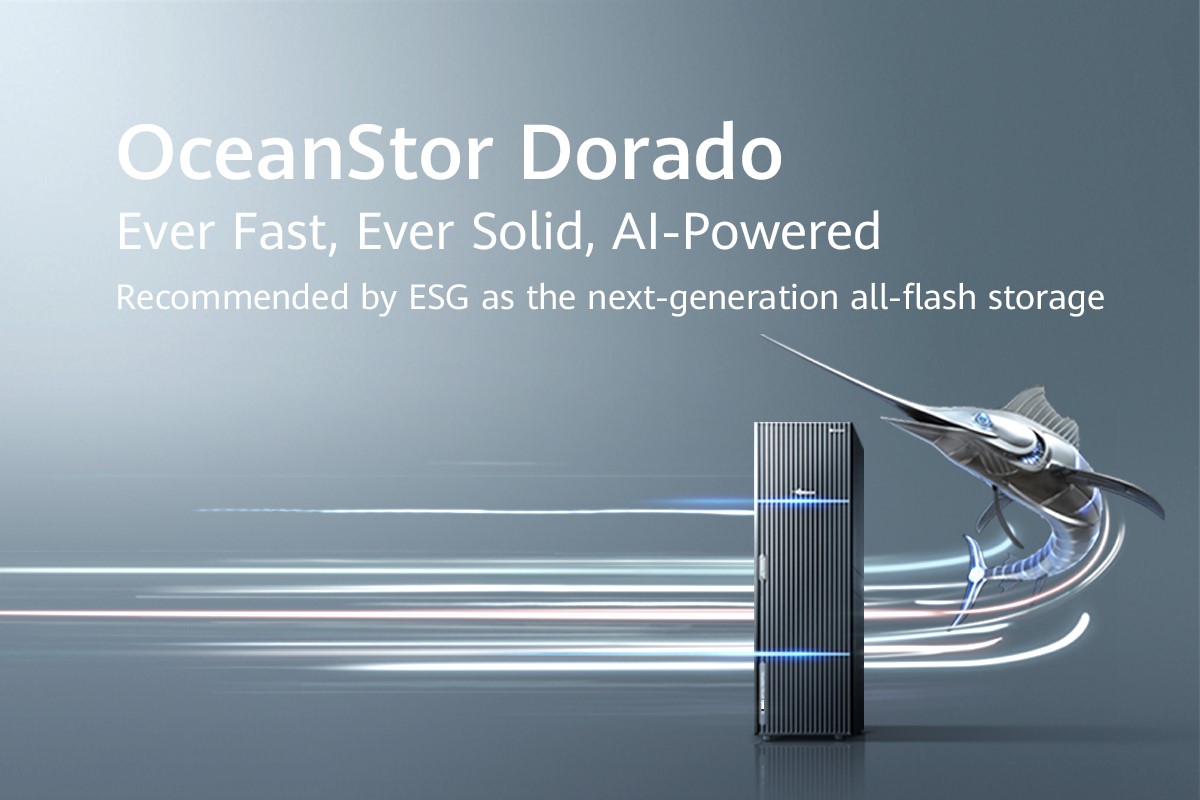
































The arrival of the digital economy has done more than just change how organisations work. It has also given their customers and employees expectations of immediate outcomes from the applications and services they use. Anything less can lead to a poor experience, which translates to unhappy customers or disgruntled workers and can quickly result in a negative outcome for the organisation.
Modern applications are highly reliant on the rapid flow of data, and while there are many factors that govern their responsiveness, one of the most critical is the underpinning infrastructure from which they are delivered.
That means the choices an organisation makes regarding where and how data is stored can have a huge bearing on the experience it ultimately delivers.
The drive towards all-flash storage
The inexorable push for faster response has in turn fuelled interest in purchasing the fastest possible storage infrastructure. All-flash storage eliminates the use of rotating disk-based storage by using solid state disks (SSDs) to deliver the fastest response with the lowest latency. And because all-flash arrays involve no motors and moving parts, they consume much less power and are not subject to the rates of mechanical failure that affect rotating disk-based systems.
While all-flash arrays were initially used for specialised high-throughput tasks such as financial trades, the complexity of a broader suite of applications such as customer experience platforms and AI-based analytics has meant that over time more and more use cases have emerged.
This is reflected in the findings of a 2019 report by the research group MarketsandMarkets, which found the value of the all-flash array market would grow from US$5.9 billion in 2018 and to US$17.8 billion by 2023.
Not all flash storage is equal
Various all-flash storage systems have been introduced to market, but with the technology evolving rapidly, the design trade-offs that have been made by some vendors mean these products are far from equal.
One of the most crucial factors governing the performance of all-flash arrays is the communications protocol that moves data on and off the drive. The best all-flash technology uses the NVMe (Non-Volatile Memory Express) protocol which is specifically designed for high-speed flash media and supports direct communication between the CPU and the SSDs to shorten the delivery path and lower end-to-end latency.
Another important factor is the number of controllers that can be supported, with this being a key determinant of both the performance of the array and its overall fault tolerance.
And while all-flash technology provides a massive increase in performance over previous technologies, it does so at a price premium. Hence purchasers need to consider the long-term value of investments and specifically examine the five-year total cost of ownership (TCO).
The perfect balance of high performance and reliability
Huawei is meeting customer needs for high performance through its new-generation OceanStor Dorado all-flash storage system, which incorporates five intelligent chips that power its performance. This differentiator enables it to deliver the benefits of advanced all-flash technology while providing outstanding performance and a compelling 5-year TCO.

Huawei
 Hot Tags :
Hot Tags :